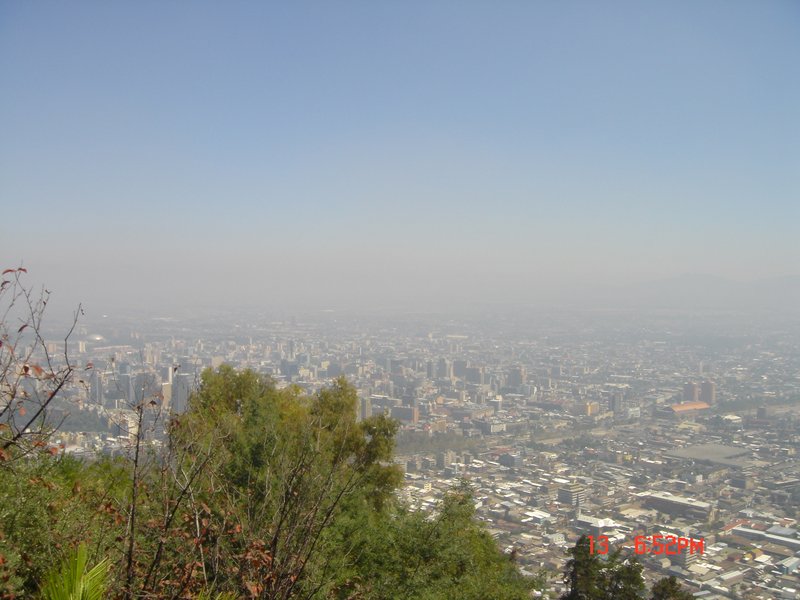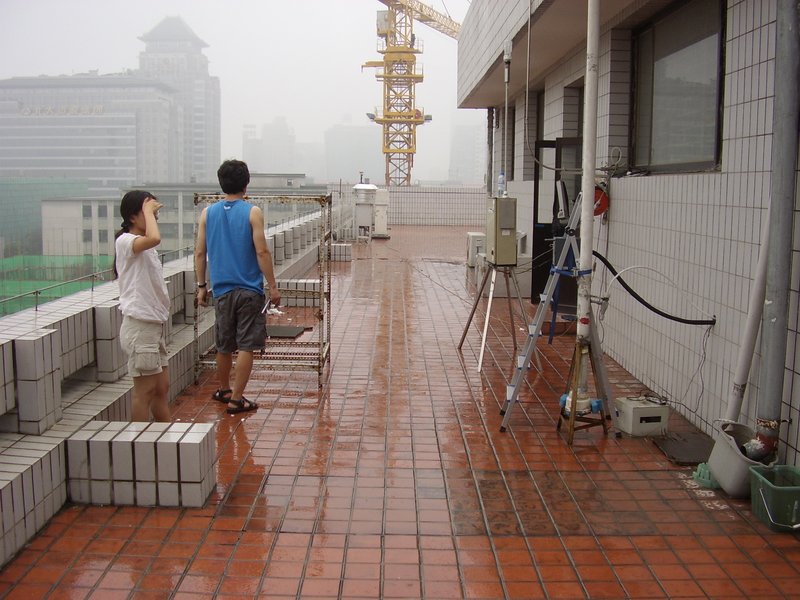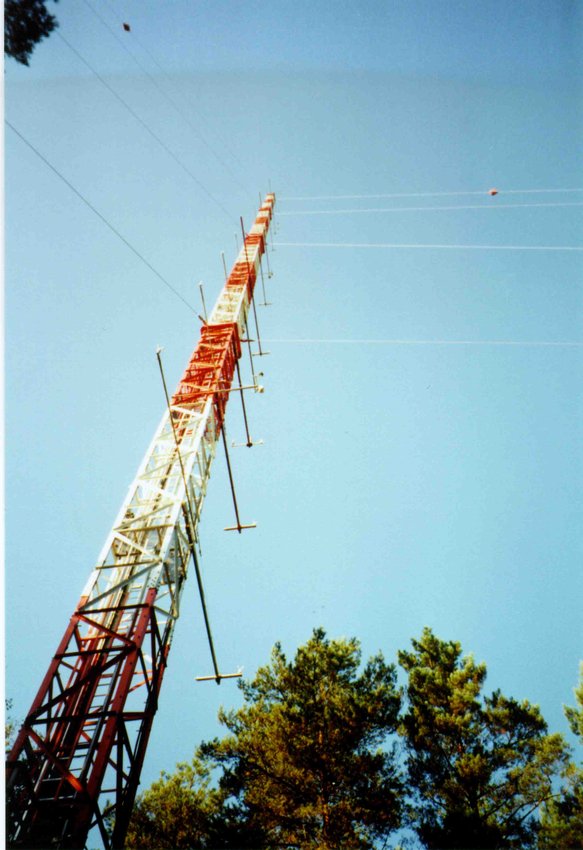Field studies
While in laboratory studies isolated reaction systems can be studied under clearly defined conditions, the real atmosphere is an extremely complex mixture in which homogeneous and heterogeneous reactions - often light-induced - proceed. Such complex systems can only be investigated in field measurements. One tries to verify findings from laboratory studies and modeling in the real atmosphere. Often, however, new and unexpected phenomena are observed, which in turn lead to new laboratory and model studies.
In the case of field measurements in conurbation areas, the concentrations of harmful trace substances are of particular interest. Such field measurements are then the basis of emission reductions e.g. from the motor vehicle traffic (see, for example, "EURO standards", "fine dust discussion"), which can then be checked with the aid of emission measurements.
In Physical chemistry in Wuppertal field measurements have been carried out for about 20 years. Examples which may be mentioned here are measurement campaigns which are used in metropolitan areas, e.g. in Santiago, but also in clean-air areas, e.g. on the Jungfraujoch or in Barrow / Alaska, to describe the cleaning power of the atmosphere.
Measurements in conurbation areas
Measurements in clean air areas:
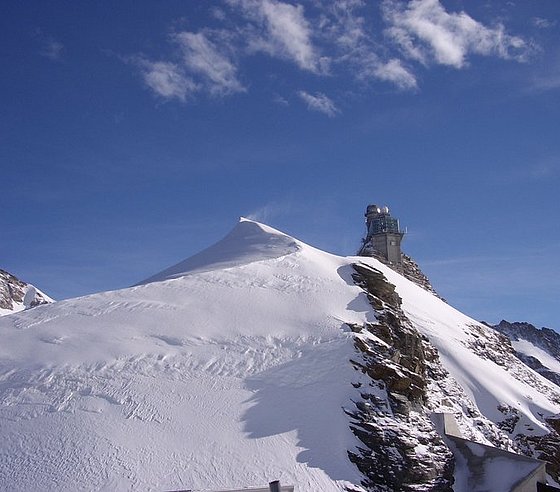
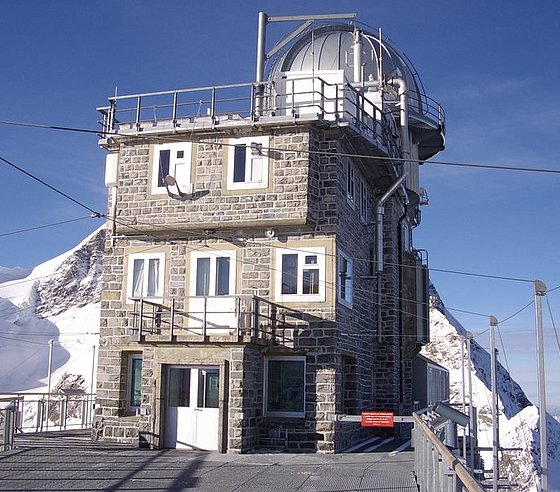
Jungfraujoch (Switzerland)
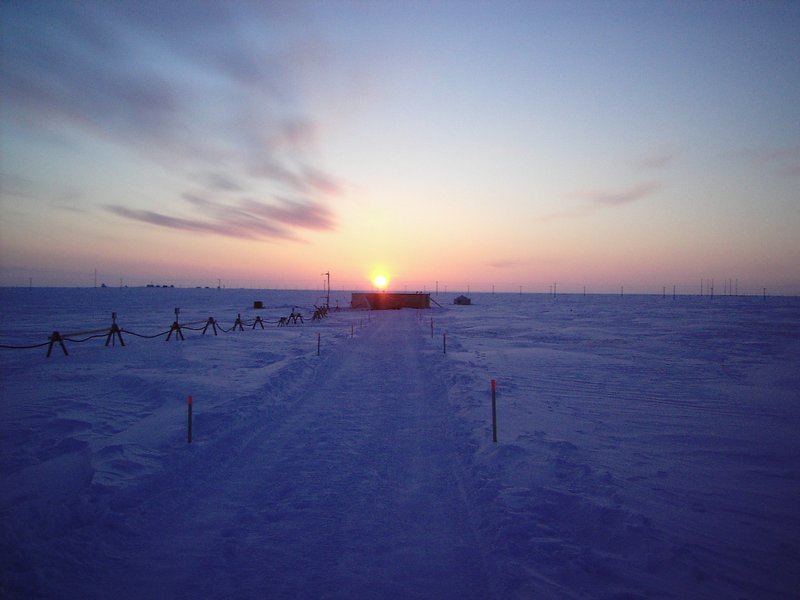
Barrow(Alaska)

